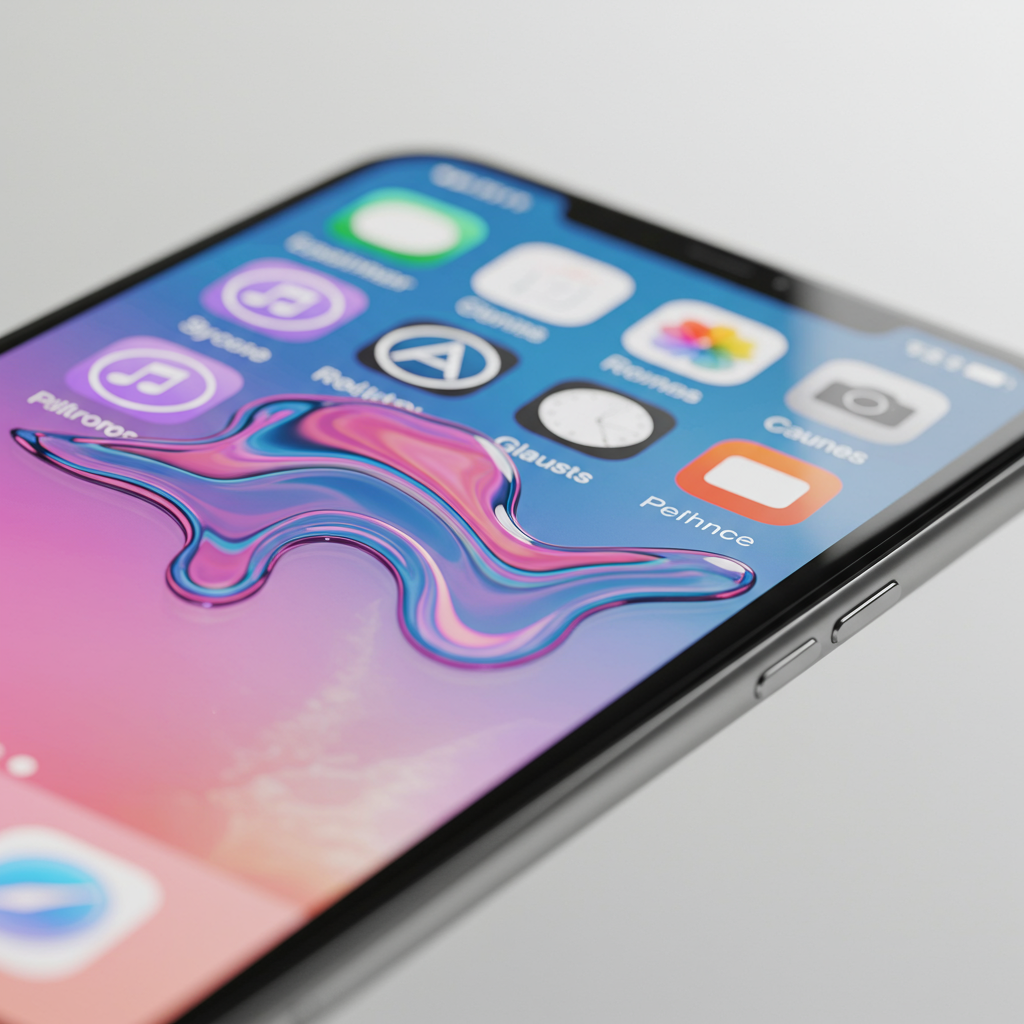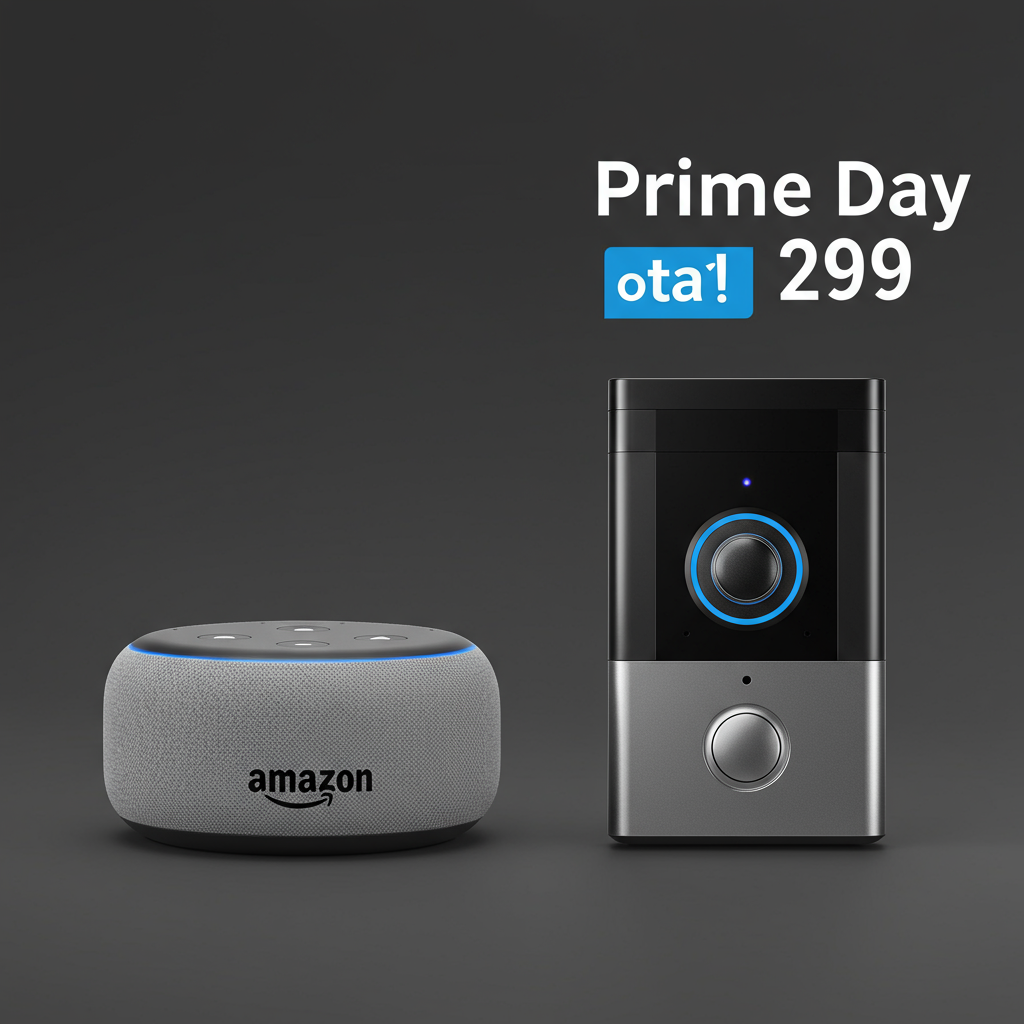Excitement is building for Apple’s highly anticipated entry into the foldable smartphone market, currently expected in 2026. While details remain scarce, a significant new leak has surfaced, offering intriguing insights into the device’s camera setup and other key specifications, hinting at a premium offering from Cupertino.
According to prolific Weibo leaker Digital Chat Station, the rumored book-style foldable iPhone, sometimes dubbed “iPhone Fold,” will feature a dual-lens rear camera system. The standout claim is the resolution: both of these rear lenses are said to boast a high-resolution 48-megapixel sensor.
Dual 48MP Rear Cameras: A Premium Alignment
This isn’t the first time we’ve heard about a dual-lens setup for the foldable iPhone. Industry analyst Ming-Chi Kuo previously reported a dual-lens rear camera, but without specific resolution details. The new claim of dual 48MP sensors aligns closely with Apple’s current high-end offerings, specifically the iPhone 16 Pro models, which feature 48MP Main and Ultra Wide cameras.
Equipping the foldable iPhone with cameras equivalent to its Pro lineup makes strategic sense. Given the rumored premium price point for the foldable, potentially around $2,000, camera capabilities matching or exceeding current flagship non-foldables would help justify the cost and position the device at the pinnacle of Apple’s mobile range.
While Digital Chat Station didn’t provide exhaustive camera specifications, leveraging details from current high-end iPhones and other reports, the main camera is likely to feature a 24mm focal length with a bright ƒ/1.78 aperture and second-generation sensor-shift optical image stabilization for crisp, stable shots.
Furthermore, the foldable’s main camera is expected to support Apple’s “Fusion” technology, first seen on the iPhone 16. This innovative system combines the high-resolution sensor with smart in-sensor cropping to deliver multiple high-quality effective focal lengths – such as 24mm, 28mm, and 35mm – all captured from the single main camera without needing a dedicated telephoto lens.
Speaking of telephoto, reports suggest a dedicated telephoto lens is not expected on the foldable iPhone. This omission is likely due to the internal space constraints inherent in foldable designs, and potentially a strategic decision to manage the device’s overall cost.
Front Camera Innovation: Under-Display Potential
The front-facing camera situation on the foldable iPhone is also generating buzz. Analyst Kuo indicated the device would have a camera usable in both its folded and unfolded states. Synthesizing information from various sources reveals an intriguing possibility:
The outer display, used when the phone is folded, is expected to feature a familiar punch-hole style front-facing camera, likely adopting the Dynamic Island design seen on recent iPhones.
The inner, large foldable display is rumored to potentially incorporate under-display camera (UDC) technology. If true, this would be a significant advancement for Apple, allowing the large internal screen to be completely free of notches or cutouts, providing a truly uninterrupted viewing and media consumption experience. While UDC tech exists on some Android devices, Apple’s adoption would signal its maturity and likely a high standard of quality.
Beyond Imaging: Other Key Leaked Specifications
Aside from the camera details, leaks from sources within Apple’s supply chain paint a picture of the broader device:
Displays: A 5.49-inch (or 5.5-inch) outer display with a resolution of 2088 x 1422 pixels. This size is comparable to the compact iPhone 13 mini, suggesting a pocket-friendly form factor when closed. The main internal display is said to be 7.76 inches (or 7.8 inches) with a resolution of 2713 x 1920 pixels. Leaked aspect ratios (14.1:10 internal, 14.6:10 external) suggest a potentially wider, less tall design compared to some existing Android foldables.
Authentication: The device is expected to integrate Touch ID into the Side button, a feature common on many Android foldables and smartphones since 2015. Notably, Face ID is reportedly absent from this first foldable iteration.
Design & Durability: Apple is reportedly focusing on a unique, in-house liquid metal hinge designed to create a near-invisible crease when the main screen is unfolded, addressing a common challenge in the foldable market. The chassis is expected to be constructed from titanium.
Battery: The foldable iPhone is rumored to use the same high-density battery cells found in the upcoming iPhone 17 Air, potentially resulting in a capacity around 5,000mAh – larger than the iPhone 16 Pro Max, though the larger displays will demand significant power.
Display Size Debate: 7.8 vs. 7.6 Inches
Amidst the flurry of leaks, Digital Chat Station also mentioned testing of a slightly smaller 7.6-inch inner display, while retaining the same resolution. However, this specific claim is met with skepticism by analysts.
Reports indicate the device entered the New Product Introduction (NPI) phase at Foxconn back in March. Adjusting the display size during or after the NPI phase is considered highly unusual, especially for a company like Apple working closely with Foxconn on mass production. Furthermore, Ming-Chi Kuo, who previously corroborated the 7.8-inch dimension, expects production to begin in September-October, a timeline deemed too close to introduce such a fundamental design change. It seems more likely the 7.8-inch (or 7.76-inch) size will stick.
Targeting a 2026 Launch
While an exact launch date remains unconfirmed, the consensus among key analysts like Ming-Chi Kuo and Jeff Pu is that mass production for the foldable iPhone is planned for the second half of 2026. Bloomberg’s Mark Gurman has also indicated an expectation for the device to launch next year. Sales targets are reportedly ambitious, potentially aiming for 8 to 10 million units in the first year.
Apple’s entry into the foldable market is later than competitors like Samsung, Google, and OnePlus. However, these leaks suggest Apple is taking its characteristic approach: focusing on refinement, potentially incorporating advanced tech like UDC, and ensuring a premium user experience, even if it means omitting features like a telephoto lens or Face ID in the first generation. The rumored specifications, particularly the dual 48MP cameras and the potential for an uninterrupted internal display, position the foldable iPhone as a high-end contender poised to make a significant impact.




